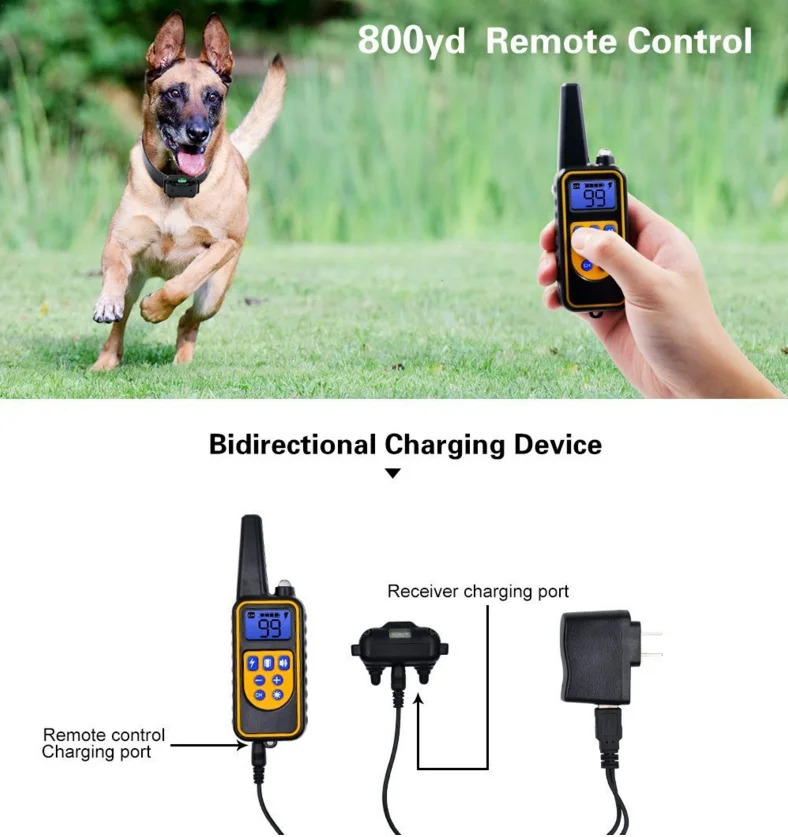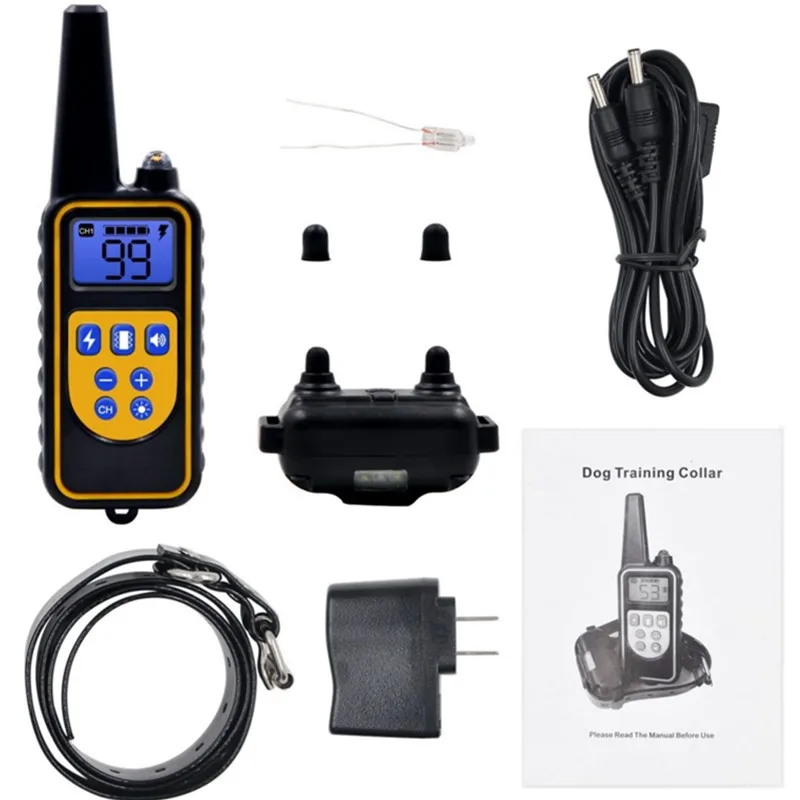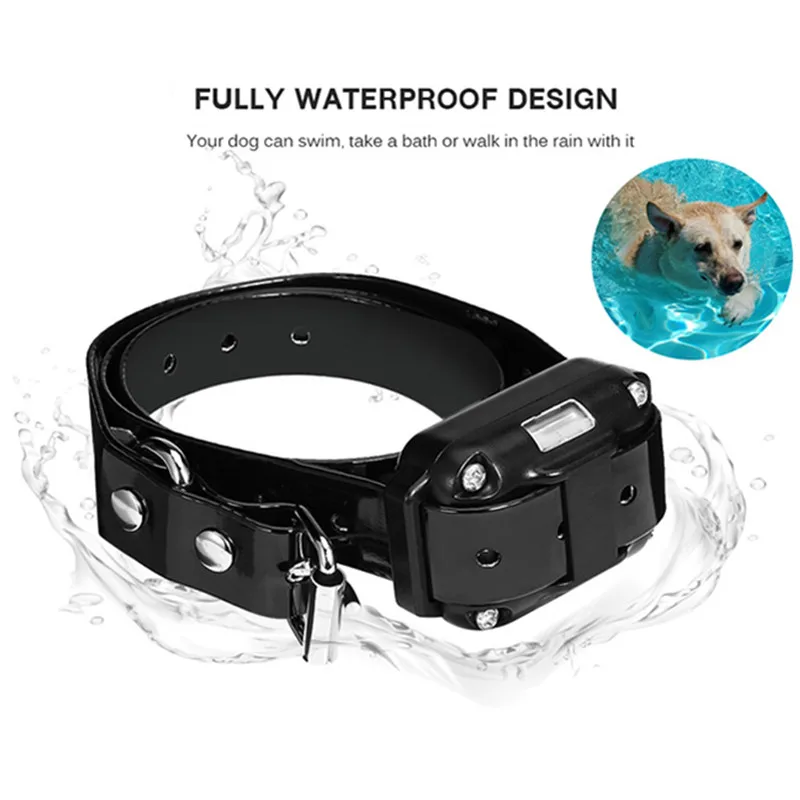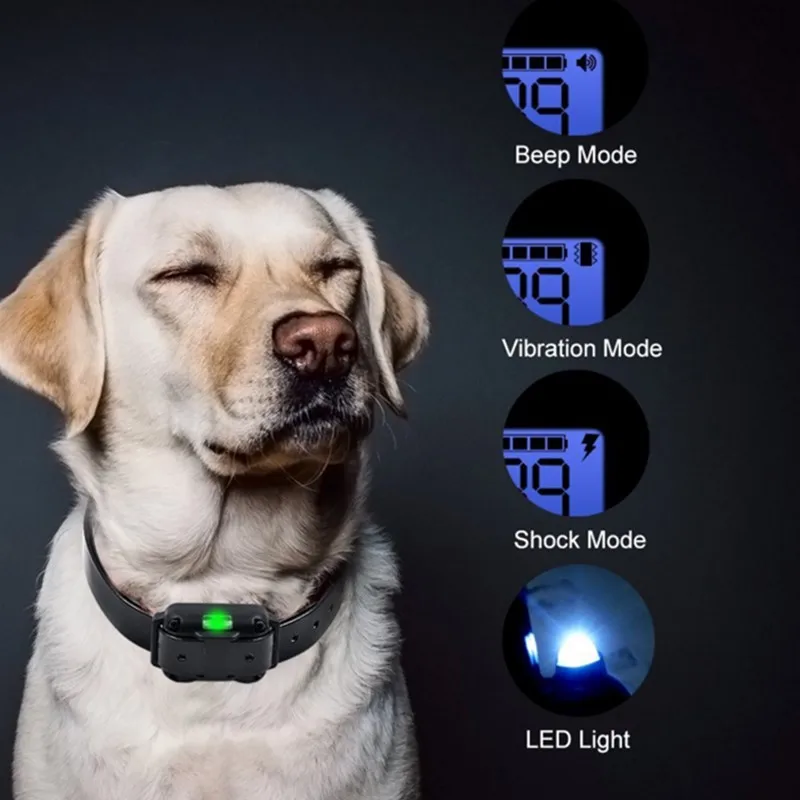Electric Dog Shock Collars: Understanding Their Role in Training
When it comes to dog training, the plethora of available tools and techniques can often leave pet owners feeling overwhelmed. Among these tools, electric dog shock collars have generated significant debate, raising questions about their effectiveness and suitability. Should these collars be part of your training toolkit? In this blog post, we will delve into the ins and outs of electric dog shock collars, exploring their functionality, effectiveness, and the best practices for their use.
In an age where safe dog training methods are being emphasized more than ever, understanding the mechanics behind shock collars is crucial. Are they truly a humane option, or do they pose risks to your furry friend? By examining various dog shock collar reviews, we aim to demystify these devices, shedding light on how to use shock collars effectively to enhance behavioral training without compromising your dog’s well-being.
Throughout this comprehensive guide, you will journey through the varying features of the best training collars for dogs, familiarize yourself with essential safety precautions, and gain insight into the potential drawbacks versus the benefits of using electric collars. Furthermore, we invite you to explore how combining these tools with positive reinforcement can create a balanced training approach.
From the science behind shock collars to expert recommendations, our aim is to equip you with the knowledge necessary to make informed decisions about your dog’s training. Join us as we take a closer look at the world of electric shock collars and answer the burning questions that every dog owner has! Overview of Electric Dog Shock Collars. What Are Electric Dog Shock Collars?
Electric dog shock collars, also known as dog training collars or remote training collars, are devices designed to assist pet owners in training their dogs through various methods of behavior correction. These collars deliver a mild electric shock to the dog as a form of stimulus to discourage unwanted behaviors. The concept is rooted in behavioral psychology, where an unpleasant experience can lead to modification of behavior.



















































































































































































































